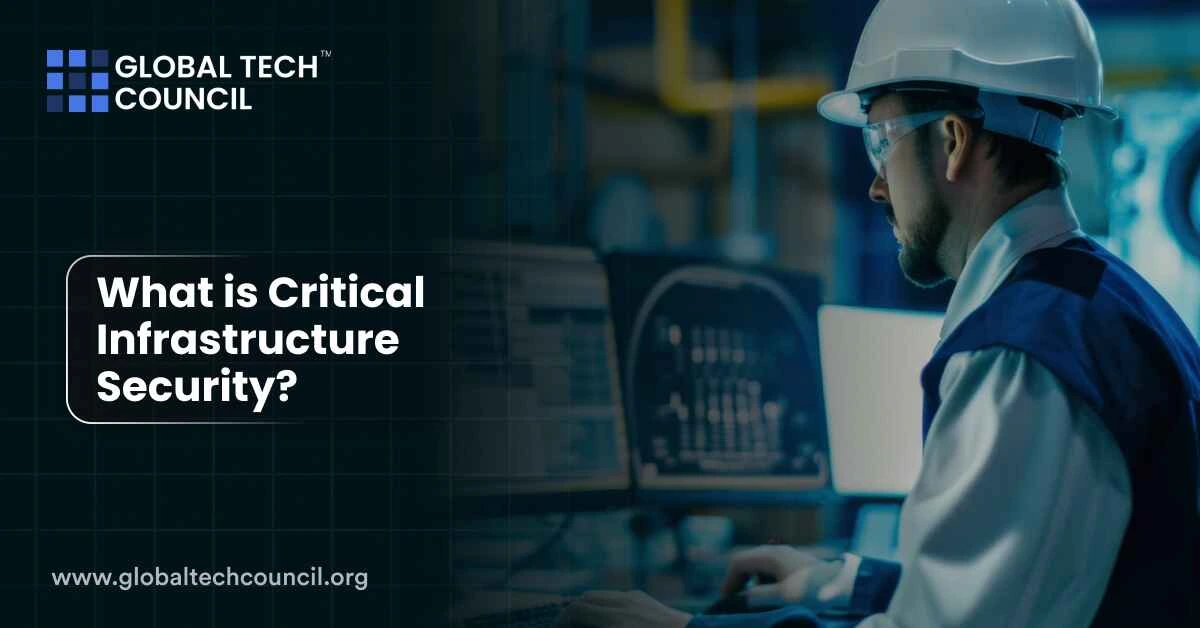
Critical infrastructure security is the process of protecting the essential systems that keep our modern society running—like electricity, water, healthcare, finance, transportation, and communication. It involves defending these systems against cyber threats, physical damage, natural disasters, and supply chain disruptions. Without strong security measures, these services could be compromised, leading to widespread consequences for public health, safety, and economic stability.
In this article, we’ll explore what critical infrastructure security is, why it’s so important, key threats and challenges, and how organizations can protect their systems. We’ll also highlight recommended certifications to help you advance your career in this essential field.
Why Critical Infrastructure Security Matters
Critical infrastructure systems are the backbone of our daily lives. Think about flipping a light switch, using the internet, or accessing medical care. If any of these systems are attacked or fail, the impact can be catastrophic. Cyberattacks, natural disasters, or sabotage can disrupt vital services, creating chaos and putting lives at risk.
Effective security helps:
- Maintain essential services like water, power, and healthcare.
- Protect national security by defending against state-sponsored cyberattacks and terrorism.
- Reduce economic losses from downtime and recovery costs.
- Preserve public trust in government and private sector systems.
Common Threats to Critical Infrastructure
Critical infrastructure faces many threats, both digital and physical. Understanding these threats is the first step to building resilience.
Cyber Threats
Cyberattacks are a major concern. Hackers use ransomware, phishing, and supply chain attacks to disrupt services. Many critical systems rely on legacy technology that lacks modern security features, making them prime targets.
Physical Threats
Natural disasters like floods, earthquakes, and hurricanes can damage physical infrastructure. Terrorist attacks, vandalism, or insider threats can also disrupt operations.
Geopolitical Risks
State-sponsored cyberattacks and sabotage are becoming more common, targeting power grids, water utilities, and transportation networks to create political or economic instability.
Key Security Measures
Governments and organizations are investing in frameworks and best practices to protect critical infrastructure. These measures include:
- Modernizing outdated systems with secure hardware and software.
- Implementing cybersecurity frameworks like the NIST Cybersecurity Framework to guide risk management and response.
- Training staff to recognize and respond to cyber threats.
- Collaborating with other organizations to share threat intelligence and best practices.
Threats to Critical Infrastructure and Their Impacts
| Threat Type | Example Incidents | Impact on Infrastructure |
| Cyberattacks | Ransomware on water systems | Disrupted water supply, public panic |
| Physical Threats | Earthquakes damaging power lines | Blackouts, service disruptions |
| Geopolitical Attacks | State-sponsored grid sabotage | Power outages, economic loss |
| Supply Chain Breaches | Compromised vendor software | Malware spread, data leaks |
| Insider Threats | Disgruntled employee tampering systems | Operational sabotage, data loss |
This table helps illustrate how different types of threats can impact critical services, leading to serious consequences.
Challenges in Protecting Critical Infrastructure
Even with strong measures, challenges remain. Let’s look at some of the main hurdles:
Legacy Systems
Many infrastructure systems rely on old technology that lacks modern security features. Upgrading these systems is expensive and time-consuming.
Complex Supply Chains
Critical infrastructure often depends on third-party vendors. If any part of the supply chain is compromised, the entire system can be at risk.
Resource Constraints
Smaller organizations may not have enough staff or budget to implement robust security measures.
Evolving Threats
Cyberattacks are constantly changing, requiring continuous adaptation and investment in new technologies.
Critical Infrastructure Security Measures Compared
| Security Measure | Benefits | Limitations |
| NIST Cybersecurity Framework | Flexible, widely adopted | Requires adaptation for each sector |
| Physical Security Upgrades | Protects from physical damage | Costly and may disrupt operations |
| Incident Response Planning | Faster recovery, reduced downtime | Needs regular updates and testing |
| Information Sharing Networks | Improves threat detection and response | Requires trust and coordination |
| Advanced Encryption Techniques | Protects data in transit and at rest | Implementation can be complex |
This table shows how different security measures can be applied and highlights their pros and cons.
Real-World Examples
- Energy Sector: Hackers targeting power grids have caused blackouts in some regions, disrupting electricity to millions of people.
- Water Utilities: Ransomware attacks on water treatment facilities have threatened to contaminate drinking water.
- Healthcare: Cyberattacks on hospitals have delayed patient care, impacting both health outcomes and trust in medical systems.
Professional Development and Certifications
Working in critical infrastructure security requires technical knowledge and strategic thinking. Certifications can help you build expertise and stay current with best practices. The Deep Tech Certification by the Blockchain Council offers insights into securing advanced technologies like AI and blockchain. The Data Science Certification teaches data analysis skills that are essential for risk management in critical systems. The Marketing and Business Certification helps bridge the gap between technology and business needs, especially when implementing security solutions.
Conclusion
Critical infrastructure security is essential for protecting the systems that keep our society functioning. By understanding the threats, applying strong security measures, and staying current with evolving risks, organizations can reduce the chances of disruption and keep essential services running. As the threat landscape grows, professionals with the right skills and certifications will play a key role in defending our most important systems.